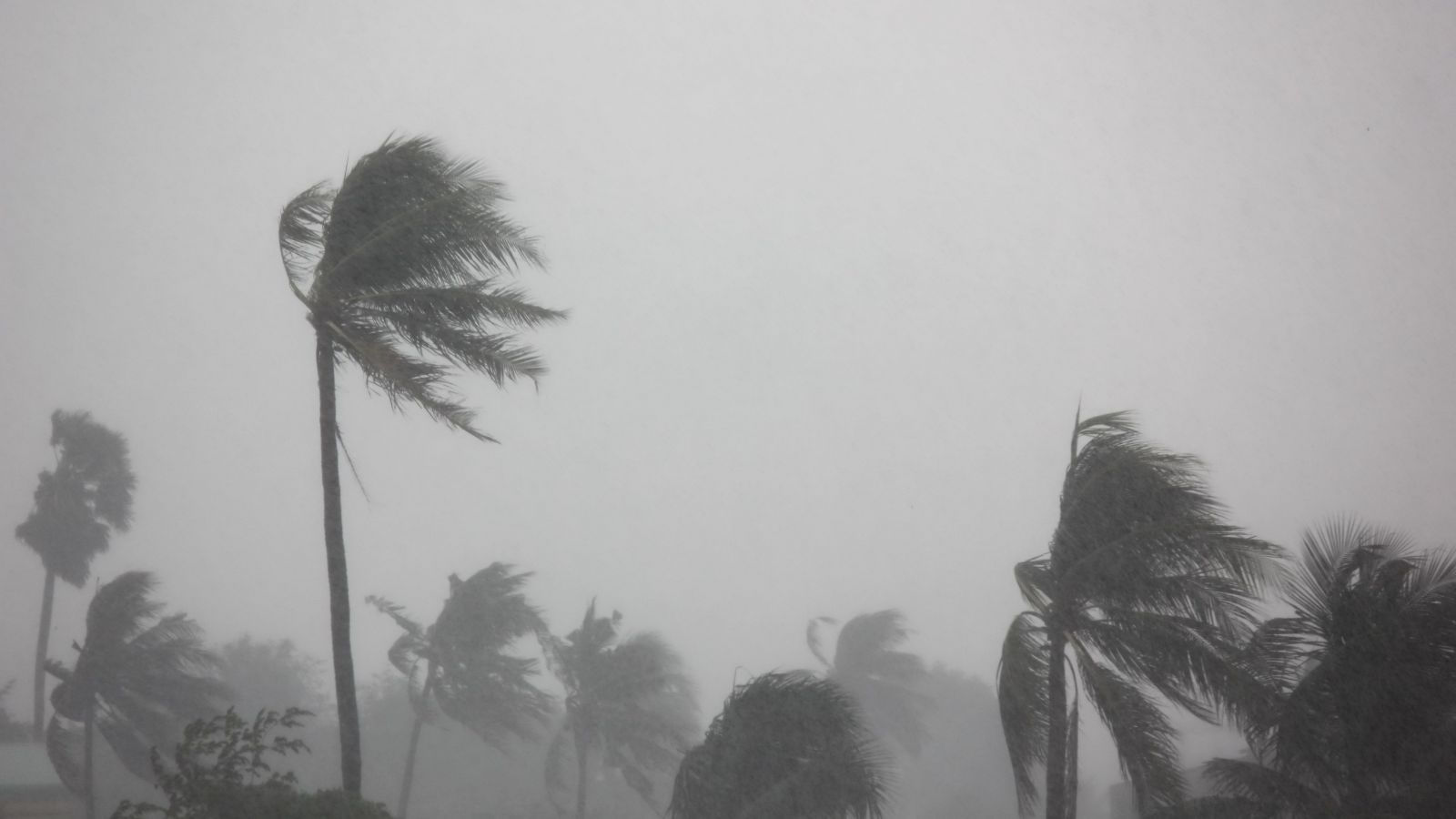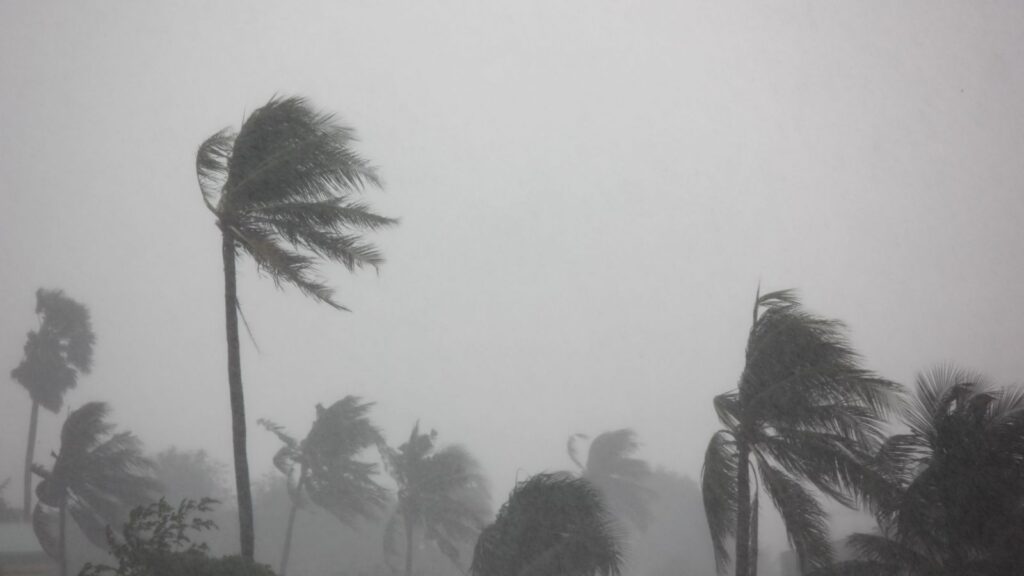Weather can be as unpredictable as a mood swing, veering from serene to severe in the blink of an eye. In some cases, it can be truly incredible, so here’s a closer look at some of the most jaw-dropping weather events and the forces that unleash them.

Tornadoes
Tornadoes tear through the landscape with a ferocity that’s as mesmerizing as it is destructive. These violent wind columns form under supercell thunderstorms when changes in wind speed and direction create a horizontal spinning effect in the lower atmosphere.
Rising air within the thunderstorm tilts this spinning air into a vertical vortex, giving birth to a tornado. Their power can demolish entire buildings, uproot trees, and hurl objects through the air like missiles.
Hurricanes
Hurricanes are massive storm systems born over warm ocean waters. These tropical cyclones form when moist air rises and encounters cooler air, causing the warm water vapor to condense and release heat.
This process lowers the pressure below, sucking more air in and boosting the cyclone’s power. The result is a spinning giant, known for devastating winds, heavy rainfall, and often leading to floods and significant coastal erosion.
Blizzards
Blizzards bring more than just a blanket of snow; their defining features are high winds and low visibility. These severe snowstorms occur when moist air rises over cold air, leading to snow formation.
The winds accompanying a blizzard can chill to the bone, create massive snowdrifts, and disrupt transportation and power supply, effectively isolating regions for days.
Heatwaves
Unlike the dramatic flair of tornadoes and hurricanes, heatwaves are stealthy yet lethal. A heatwave occurs when high pressure in the atmosphere traps hot air in one place for an extended period.
These phenomena can lead to record temperatures that stress ecosystems, endanger health, particularly among the elderly, and strain power grids to near breaking points.
Flash Floods
Flash floods can occur within minutes or a few hours of excessive rainfall, particularly in areas where the ground cannot absorb water quickly enough, whether due to natural or man-made reasons. These sudden torrents are swift and violent, capable of sweeping away cars, eroding landscapes, and devastating communities.
Sandstorms
In dry regions, intense wind can whip up large amounts of sand and dust, creating towering sandstorms. These storms form when gusts of wind sweep up loose sand and dust from the barren landscapes. The resulting wall of sand can reduce visibility to zero, making travel perilous and coating everything in its path with dust.
Ice Storms
Ice storms, a chilling spectacle, occur when a layer of cold air is sandwiched between two layers of warm air. Rain falling from the warmer upper layer freezes upon contact with the cold ground layer, forming a glaze of ice.
This can weigh down trees, snap power lines, and turn roads into slippery death traps, showing that even rain can become a weapon in cold climes.







